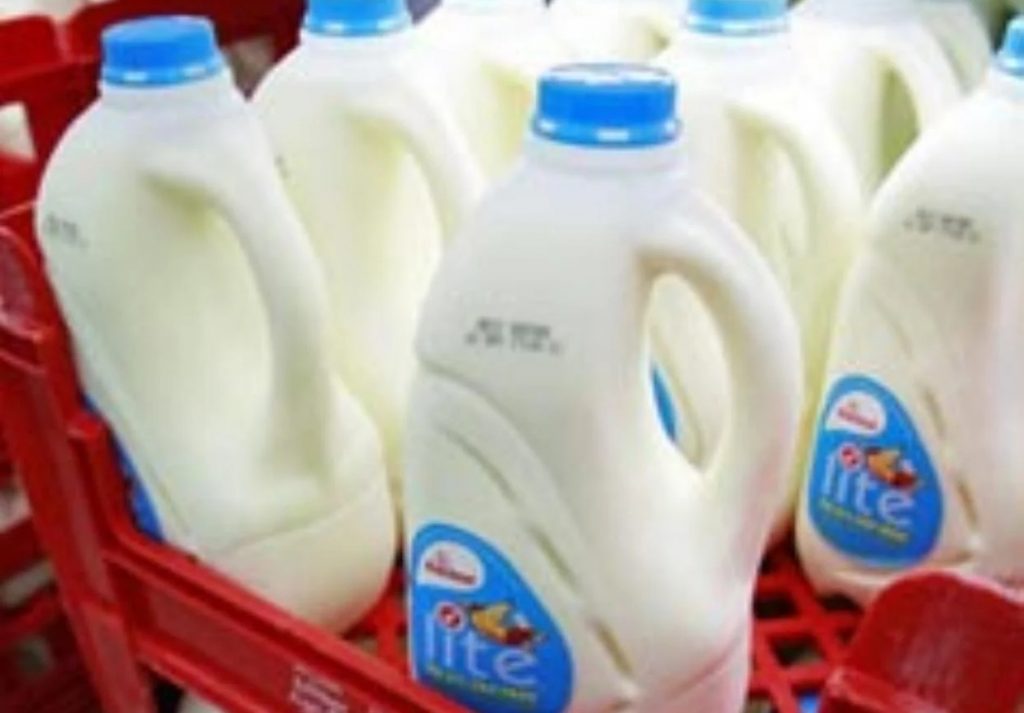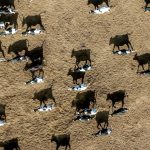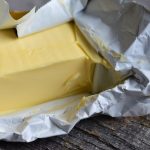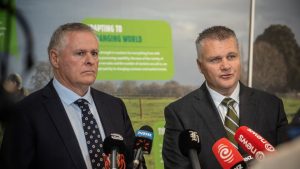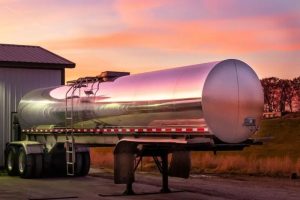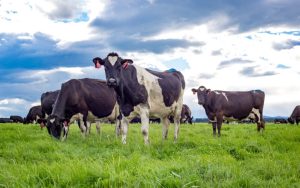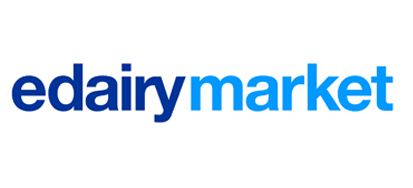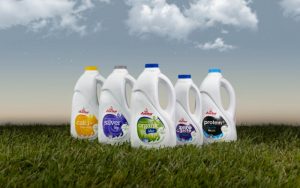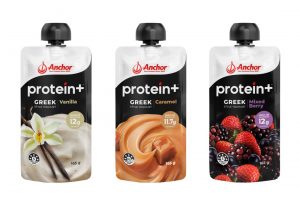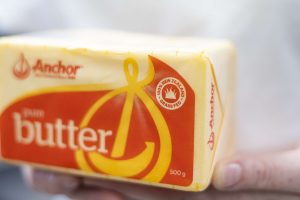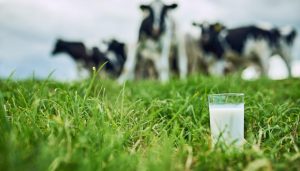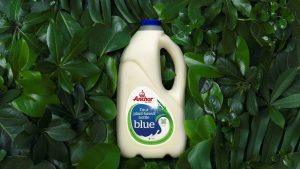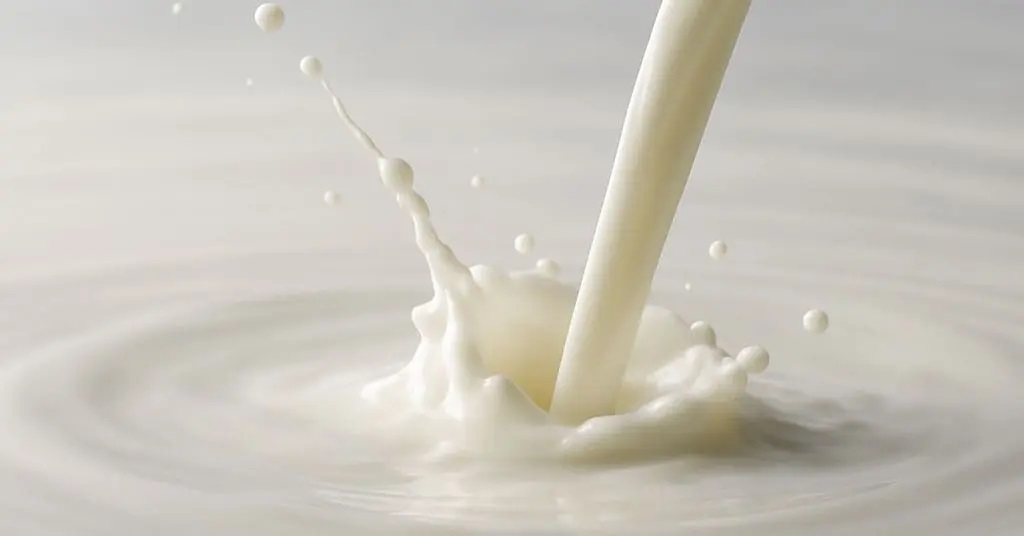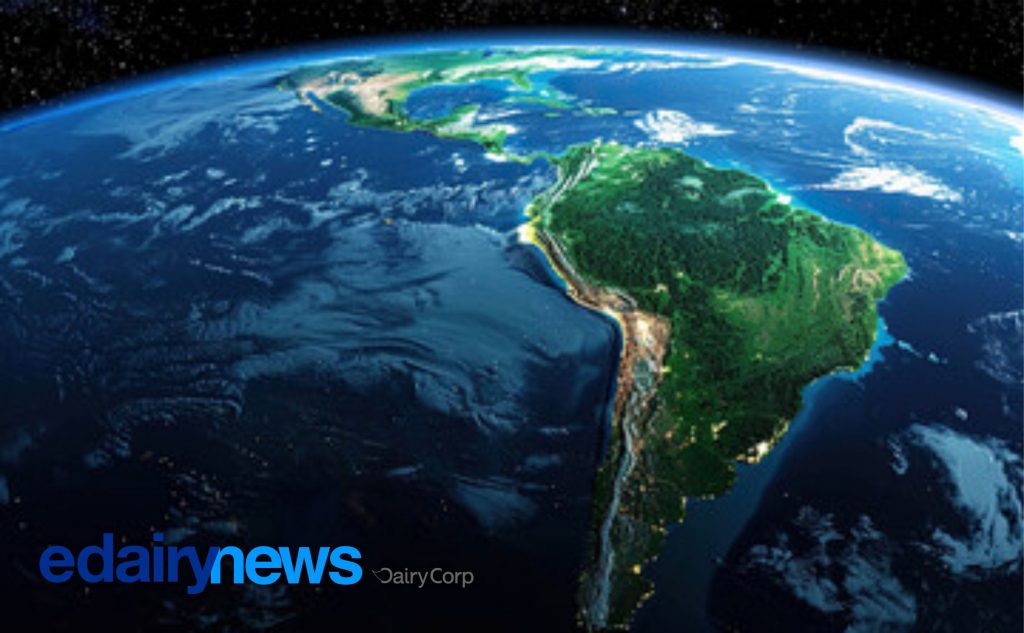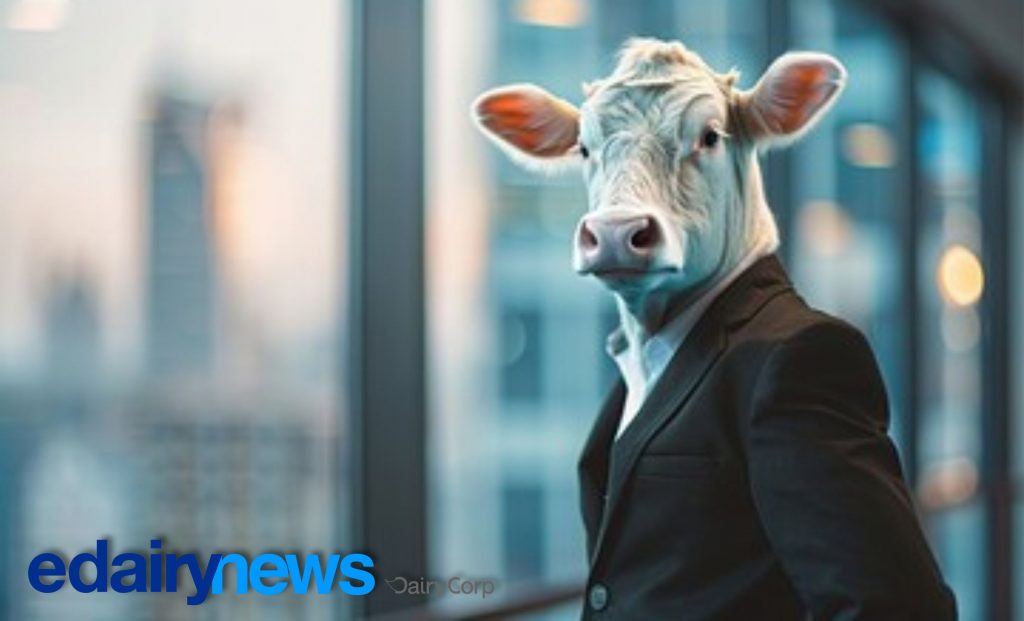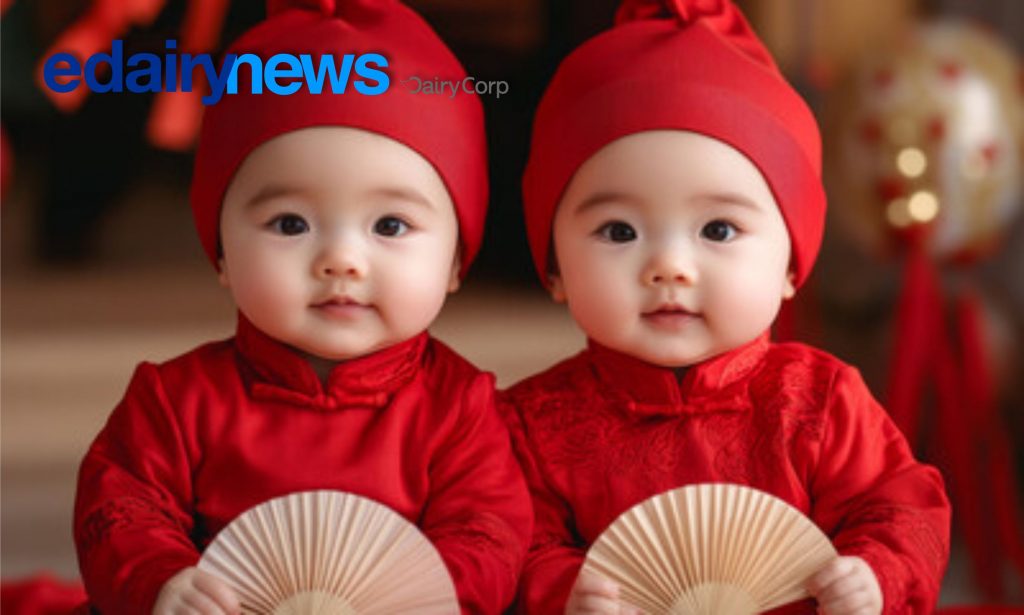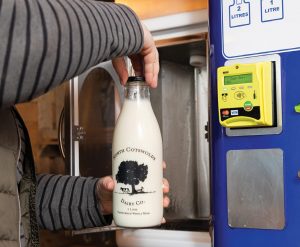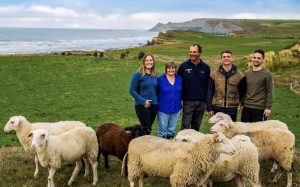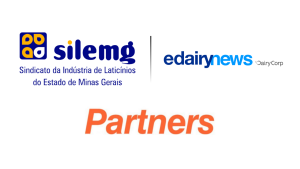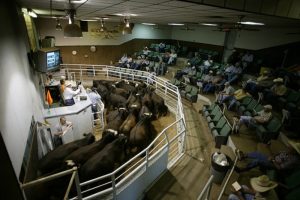
Fonterra’s Sri Lankan headquarters, the colour of milk, stands in contrast against the chaos of Colombo’s dirty streets.
It’s odd to see a Kiwi icon, such a familiar sight in the lush Waikato, rising out of the developing world chaos which is Colombo. Most Sri Lankans don’t recognise the blue, green and white Fonterra logo either, as they are more familiar with 20 different products manufactured locally under the Anchor, Ratthi (Daisy in the local Sinhalese tongue), Newdale and Shape Up brands. They are made from New Zealand milk powder, supplemented with local milk, and sold through 40,000 outlets.
The 70-kilometre drive from Colombo Airport, where a fleet of army helicopters awaits action in the quarter-century-old Sri Lankan civil war, takes nearly two hours along military-lined streets where the populace lives, works and shops.
“Remember to be Safe. Your Family and Fonterra needs you”, says a sign as we pass through the security checkpoint to enter Fonterra’s five-hectare manufacturing site. Contractors are unloading 400 chairs in preparation for the next day’s grand opening of a $12.2 million culture food manufacturing plant which Fonterra has built alongside its two existing plants 25km (45 minutes’ drive) from the centre of Colombo. The new plant will enable New Zealand’s dairy industry to cement a foothold in Sri Lanka which began in 1975 when the Maharaja Organisation imported dairy products under the Anchor brand. By 1987 the New Zealand Dairy Board owned 40 per cent of the business, increasing to 49 per cent in 1992 and gaining full control in 2000.
Sri Lanka, which changed its name from Ceylon in 1972, gained independence from the British in 1948 having been a Portuguese colony in the 16th century and a Dutch colony a century later before the British took control in 1802.
“Welcome to the real Asia, not the imitation version like Singapore”, says Fonterra Brands Lanka’s managing director Achyut Reddy as he sips from a white mug with the Anchor Newdale logo on it.
According to a survey of 2500 Sri Lankan housewives, conducted by TNS for the Sri Lankan Institute of Marketing in 2005, Anchor, one of New Zealand’s most recognised brands, is one of Sri Lanka’s most trusted brands.
“Anchor has always been the number one brand in the country,” Achyut says. Sixty-eight per cent of Fonterra’s Sri Lanka revenue comes from Anchor and 22 per cent is from the Ratthi label. “The strategy is to grow the value-added segment of the market,” Achyut says.
The opening of the new plant, built from parts imported from Malaysia and China, will be conducted under a security lockdown by two Si Lanka Cabinet ministers.
“Despite all the political instability and the civil war the Sri Lankan economy has been growing by about six per cent per year. In the last two or three years, progress has been made in the east and the north in terms of marginalising the conflict.”
Sri Lanka, which has been fighting a civil war since 1983, spends 80 per cent of its national budget on the military. Infrastructure, such as roads, has suffered and development is limited. Since 2004 the Government, headed by Mahindra Rajapakse, has controlled the retail price of five essential commodities, including milk, to ensure they are available to the people. Over the last year Sri Lankan food prices have increased by 60 per cent while wages have only increased by 15 per cent.
“Last year was the biggest challenge,” Achyut says, carefully avoiding the r word recession but a Fonterra poster in the corner of the room shows a cow being bowled by a $ sign.
The other thing Fonterra Brands Lanka doesn’t really want to talk about is Sanlu, the Fonterra joint venture which was closed last year in China when thousands of babies became ill, and some died, after consuming milk powder contaminated with melamine.
“One Sanlu is more than enough for any business,” Achyut says. “We are fully geared up to ensure that this is something that is never repeated in any part of this business. Fonterra now runs 17 checks on milk before it goes to market.”
Sri Lanka’s 20 million people contribute an average US$1400 to the Gross Domestic Product. Forty per cent earn under US$25 per month and half earn between US$25 and US$75 per month. The average Sri Lankan, Achyut says, drinks an average of nine litres of milk per year two litres less than the Asian average of 11 litres.
The more westernised Singapore and Hong Kong drink 51 litres and 38 litres respectively, while in China it’s as low as eight litres and in Vietnam only four litres.
“Milk is seen as a gold standard food. Kids can skip breakfast but a good mother would insist that one glass of milk has to be consumed before they go to school and they will be drinking three glasses of milk per day by the time they are 13. It’s non-negotiable,” says Achyut.
He believes the only way is up. As the Government pushes to end the civil war tourism will return and there will be more money for things like milk.
“We are training 2500 housewives to become ambassadors for milk. Two glasses of milk per day is non-negotiable. Any 10 glasses that we can get the consumer to drink is 6.2 for us.”
*Chris Gardner travelled to Sri Lanka courtesy of Fonterra.
You can now read the most important #news on #eDairyNews #Whatsapp channels!!!
🇺🇸 eDairy News INGLÊS: https://whatsapp.com/channel/0029VaKsjzGDTkJyIN6hcP1K
